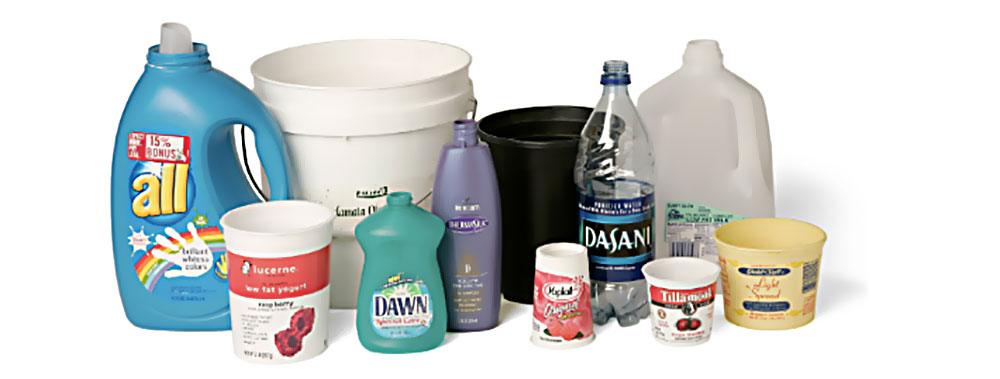Tips & Resources
Is plastic killing you?
What you need to know

Whilst NCBA promotes limiting the use of plastic containers- if plastic is your only option- choose wisely and recycle.
TIP – Look for the code symbol on the container.
Type 1: Polyethylene Teraphthalate – Do Not Reuse
Found in bottles for juices, salad dressing, water, vegetable oil and mouthwash- Peanut butter and pickle jars as well. Intended for a single use only. Harmful bacteria can build up in it as you reuse it.
While it does not contain bisphenol A or phthalates, it does contain antimony, a possible human carcinogen. Polyethylene teraphthalate containers may have the symbol “PET” on them.
Type 2: High-Density Polyethylene – Safe
Milk containers, detergent bottles, freezer bags and plastic grocery bags often contain high-density polyethylene, a relatively stiff plastic. Type 2 plastic neither contains bisphenol A nor phthalates. It is not known to contain other harmful chemicals. High-density polyethylene containers may have the symbol “HDPE” on them.
Type 3: Polyvinyl Chloride – Contains Phthalates
Polyvinyl chloride contains phthalates that can cause reproductive problems in animals and humans. Food containers commonly made with PVC include fruit juice bottles, cooking oil bottles and clear food packaging. Plasticized PVC pipes and siding contain phthalates as well. PVC containers may have the symbol “V” on them.
Type 4: Low-Density Polyethylene – Safe
Frozen foods packaging and condiment squeeze bottles often contain Type 4 plastic because it is flexible and resistant to solvents. Type 4 plastic does not contain any known harmful chemicals. Low-density polyethylene containers may have the symbol “LDPE” on them.
Type 5: Polypropylene – Safe
Polypropylene containers do not leach harmful chemicals into foods or liquids. They commonly contain yogurt, medicine, drinks, ketchup and medicines. Type 5 plastic is flexible, hard and semi-transparent and has high resistance to solvents. Polypropylene containers may have the symbol “PP” on them.
Type 6: Polystyrene
Polystyrene is a petroleum-based plastic. It can either be hard or used in the form of styrofoam. Polystyrene is widely used in packaging materials and insulation. Some common items include disposable cutlery, CD and DVD cases, egg cartons, foam cups & to-go foam packaging from restaurants. Styrene is classified as a possible human carcinogen by the EPA and by the International Agency for Research on Cancer (IARC).
Type 7: Polycarbonate
You should avoid type 7 plastic containers because they may contain bisphenol A that leaches into their contents. Type 7 plastics often have the symbol “PC” or “Other” on them. You will find polycarbonate plastics in 3- and 5-gallon water-cooler bottles; hard, plastic reusable water bottles; and to-go coffee mugs. Manufacturers use polycarbonate for these purposes because it is virtually shatter-proof.
Contributed by: Annie Guthrie
Become a Volunteer
Would you like to find out more about volunteering on projects working to support Our Biosphere? There are many great ways you can contribute, we’re always looking for volunteers. Get in touch today!
